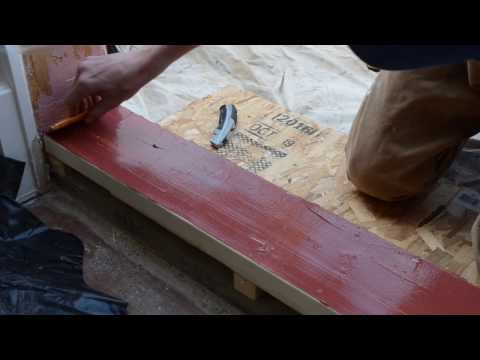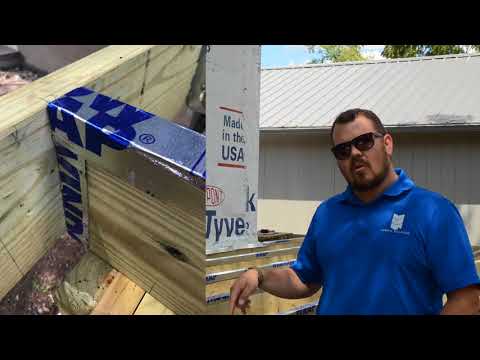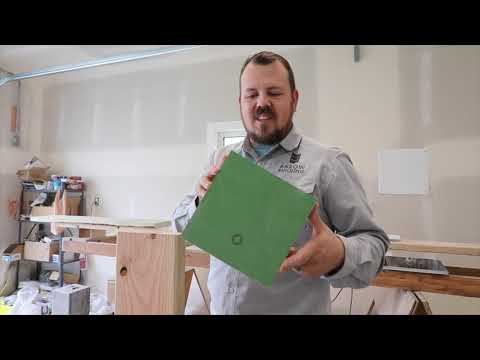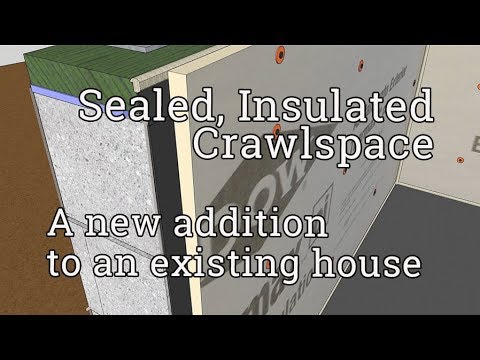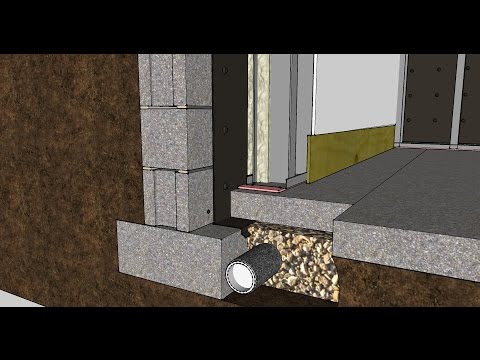Use gravity and capillary breaks to stop water from seeping into the basement
Jake Bruton with AAROW BUILDING is at the Glen Eagle addition in Columbia, Missouri, where he's working with Brian Morgan Architects on a two-car garage and 1,000 square foot master-suite addition above.
But today, Jake is talking about the basics of foundation waterproofing.
The first foundation waterproofing layer is a paint-on membrane applied with rollers and chip brushes to seal all of the cracks and gaps. Fifteen years ago, builders in Columbia would have called it a day after applying the paint-on layer. Nowadays, we add a belt and suspenders to that clean underwear.
[Editor's Note: Sorry, Joe Lstiburek made me do it.]
The paint-on layer can still let water in through hidden cracks and gaps. So like high-performance builders all over North America, Jake does more to protect his customers.
The next layer is a dimpled sheet made from plastic. Its physical relief makes an air space between the dimple-sheet and the foundation. The air space isn't so air can circulate; it is to stop any notion of wicking in the water's mind.
Because gravity is stronger than capillarity, they are both relentless, but gravity has some advantages.
The dimple-sheet turns over the footing, keeping gravity + capillarity from being a problem.
The footing should also be painted with a waterproofing membrane, as the walls were. Conscientious builders waterproof the footing before pouring the wall to provide a capillary break right from the get-go.
Next to the footing is the drainage system: filter fabric, gravel, perforated pipe, gravel, filter fabric, gravel.
When installing the perforated pipe, place the holes down. Water should be able to get out and away as soon as possible, and if the water is coming from below, it will not need to pile up over the pipe before being shuttled away. If water flows into the pipe from the bottom, it will keep flowing the direction that the pipe slopes.
Jake thinks this is a best practice foundation and we agree.
—Jake Bruton owns Aarow Building in Columbia, Missouri. Their YouTube channel covers new construction and remodeling.
